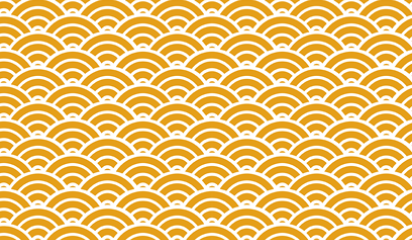Over the past decades, it has been interesting to see the development of the patent system in China, which is aiming to provide fair and comprehensive protection to both domestic and international applicants. In 2024, there were almost 1.05 million invention patents granted in China with an average examination cycle of 15.5 months according to the China National Intellectual Property Administration (CNIPA).[1]
To facilitate efforts of applicants from New Zealand, Australia and the Pacific Islands to get their invention applications granted in China, this article discusses one of the most frequently encountered objections during the substantive examination process: common knowledge. It also outlines some possible strategies to overcome such an objection.
Requirement on inventive step
The Chinese Patent Examination Guidelines stipulate that in the process of determining whether an invention is obvious, it is necessary to determine whether the prior art as a whole provides certain technical inspiration to a person skilled in the art to apply a distinguishing feature between the claimed invention and the closest prior art to the closest prior art to solve the technical problem solved by the invention.
If the distinguishing feature is common knowledge (in the relevant field), it is generally deemed that the above technical inspiration exists.
Common knowledge can be understood as the general, background technical knowledge or customary technical information that would be well known to a person skilled in the technical field in question. This kind of objection is not uncommon in examination practice in China, when determining whether the claimed invention is inventive.
Significance of common knowledge
Determining whether a distinguishing feature is common knowledge can be significant. If the distinguishing feature is not determined to be common knowledge, CNIPA is required to prove that the function played by the distinguishing feature disclosed in other sources, such as in cited patent literature, is the same as the function played by the distinguishing feature in solving the technical problem in the claimed invention. If this cannot be proved reasonably, the claimed invention may pass the test on the obviousness.
Therefore, the determination of what is common knowledge directly decides the technical knowledge and cognitive ability that the person skilled in the art is deemed to have. The scope of the common knowledge may have a significant impact on the extent of patent searching by an examiner, and the difficulty in combining other prior art sources with the closest prior art.
Proving common knowledge
4.10.2.2 of Chapter 8 of Part II of the Patent Examination Guidelines stipulates:
“the common knowledge in the relevant field cited by an examiner in an examination report shall be conclusive. If the applicant objects to the common knowledge cited by the examiner, the examiner shall be able to provide corresponding evidence to prove it or explain the reasons. In the examination report, when the examiner identifies a technical feature in a claim that contributes to the solution of a technical problem as the common knowledge, the examiner shall generally provide evidence to prove it”.
For example, the following is generally deemed common knowledge: conventional means to solve the technical problem in the relevant field (for example, riveting is a conventional connecting method), or technical means to solve the technical problem disclosed in textbooks or technical dictionaries, technical manuals, and other reference books.
Moreover, the Supreme People’s Court (SPC) has also confirmed that the determination of common knowledge should be based on the standard of certainty, should be supported by sufficient evidence or reasons, and should not be too arbitrary.[2]
The SPC further added that in the case that common knowledge is difficult to be proved by technical dictionaries, technical manuals and textbooks, it is also possible to cite multiple non-common knowledge evidence in the field by corroboration, such as multiple patent documents, journals, etc., to sufficiently prove that the relevant technical knowledge belongs to the common knowledge. However, this method should follow a stricter standard of proof.
Strategy in practice
If the examination report regards a distinguishing feature of an invention as common knowledge without evidence, the applicant can ask the examiner to provide evidence, while submitting relevant arguments. If the evidence comes from a document that records the fundamental knowledge in the field, such as a technical dictionary, a technical manual, a textbook, etc., the applicant can raise an objection if there is contrary evidence, such as from other reference documents. If the evidence is not from a document that records the fundamental knowledge in the field, but from multiple patent documents, the applicant can raise an objection as to whether the reasons of the examiner are sufficient and whether the evidence is sufficient and conclusive.
If you're planning to protect your patent in China and would like more information, please reach out to your regular AJ Park contact or one of our experts listed below.
[1] http://www.scio.gov.cn/live/2025/35376/index.html
[2] (2020) SPC Zhixing Zhong No. 35










